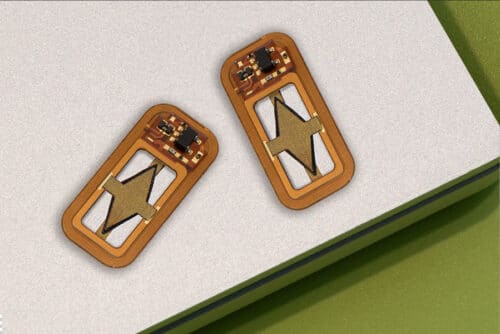The device contains insulin-producing cells and a miniature facility that generates oxygen to maintain cell vitality.

A potential treatment for Type 1 diabetes involves implanting insulin-producing pancreatic islet cells, potentially eliminating the need for regular insulin injections. Yet, the implanted cells’ eventual oxygen depletion is a significant challenge, ceasing insulin production.
Engineers at MIT have developed a new implantable gadget that houses hundreds of thousands of islet cells capable of producing insulin, coupled with an inbuilt oxygen generation system. This innovative feature generates oxygen by breaking down water vapour present within the body.
Replacing injections
The team has developed a unique method that can generate oxygen indefinitely through water splitting. This process utilises a proton-exchange membrane, a technology initially developed for hydrogen generation in fuel cells housed within the device. The membrane can divide body-abundant water vapour into hydrogen, which diffuses out harmlessly, and oxygen channelled into a storage chamber that supplies the islet cells via a thin, oxygen-permeable membrane. A notable benefit of this technique is eliminating the need for wires or batteries. The required small voltage for splitting the water vapour is generated through resonant inductive coupling. This phenomenon involves a tuned magnetic coil positioned outside the body, transmitting power wirelessly to a petite, flexible antenna inside the device. This setup necessitates an external coil, which researchers envisage could be adopted as a wearable patch on the patient’s skin.
Drugs on demand
The researchers have developed a device, about the size of a U.S. quarter, to aid diabetic mice. This device, which contains an oxygen-generating, water-splitting membrane, was tested against a non-oxygenated version. Implanted just under the skin of mice with functional immune systems, the oxygen-generating device successfully maintained normal blood glucose levels similar to healthy mice. In contrast, the non-oxygenated device led to elevated blood sugar levels within two weeks. Despite the common occurrence of fibrosis (scar tissue formation) surrounding implanted medical devices, which can reduce their effectiveness, the new device showed promising results in controlling blood glucose levels, indicating successful insulin and glucose diffusion. Moreover, this method could potentially be used to deliver cells that generate other therapeutic proteins for extended periods, as demonstrated by its ability to preserve cells producing erythropoietin, a red blood cell-stimulating protein.
The team aims to modify the device for trials in larger animals and humans. They aspire to create a gum stick-sized implant and evaluate its long-term bodily retention potential.







